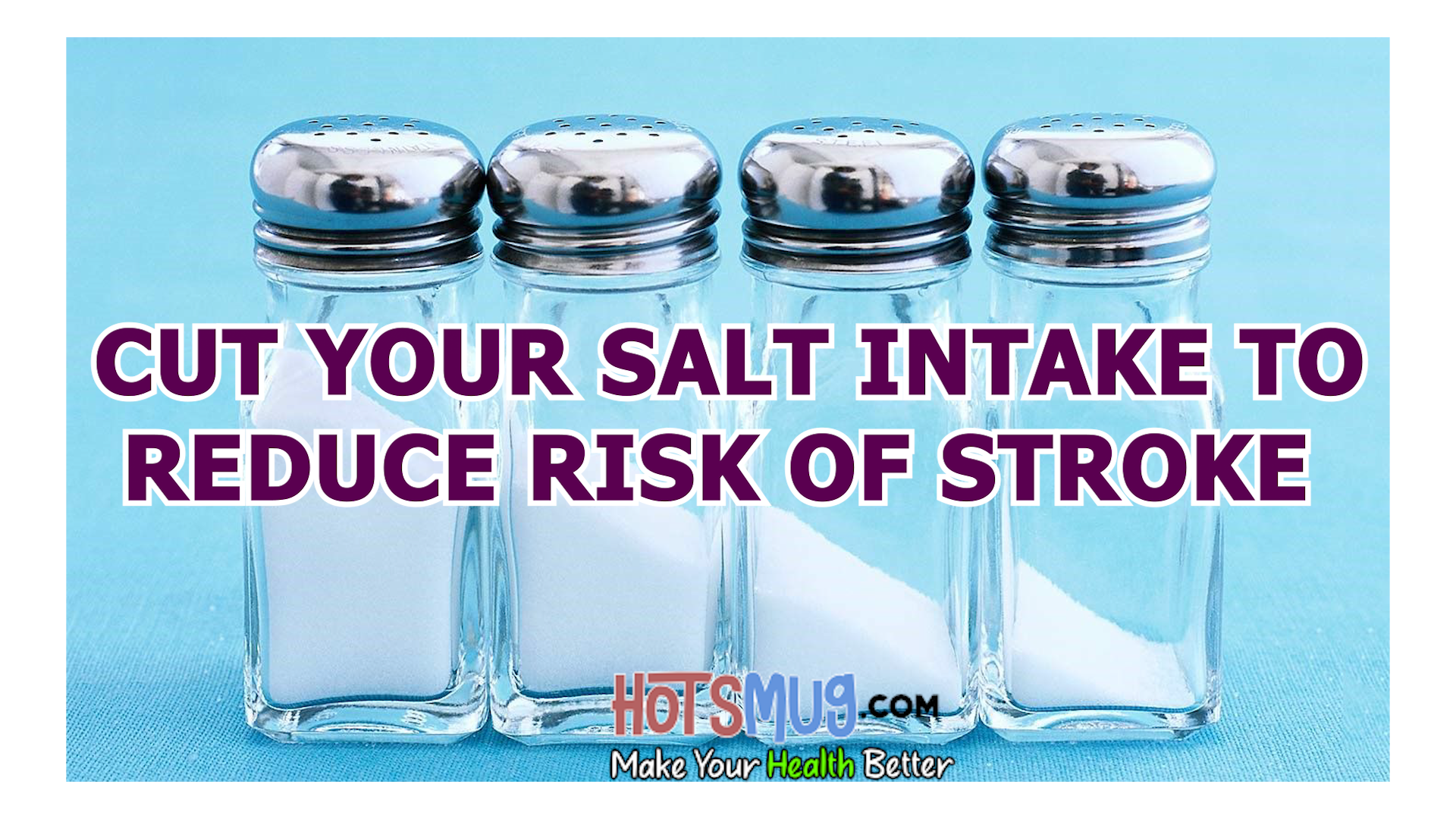We live in a society that measures and medicates. All the tools and technology and medicines deployed to maintain heart health are a help — yet heart disease remains the No. 1 killer in America. And high blood pressure, or hypertension, is a major contributor. Even so, heart disease is largely preventable, and much of that prevention lies in small steps that can make a big difference; diet is foremost among them. To lower your blood pressure, you need to reduce salt intake.
In ancient times, salt was so valuable that people used it for currency. It was used sparingly to season and preserve food. Today, we have an embarrassment of riches, and modern humans consume more salt than is good for them. But the biggest contributor to our sodium consumption is not the salt shaker: Approximately 75 percent of the sodium we eat comes from sodium added to processed and restaurant foods.
The blood pressure connection
About one-third of people are sensitive to the sodium component of salt. This means that eating foods with too much salt can increase the amount of blood in the arteries, raising blood pressure and increasing the risk of heart disease and stroke.
If you can lower your intake little by little each day, you can reduce blood pressure. Because our diets are generally so high in salt, everybody – even those with normal blood pressure – can benefit from reducing salt intake.
Foods with high salt content
About 80% of the salt we consume comes from processed foods, including:
- fast foods
- prepared meals
- processed meats (like hot dogs and lunch meats)
- canned soups
- bottled dressings
- packaged sauces
- condiments (like ketchup and pickles)
- salty snacks (like potato chips and crackers).
How to reduce salt intake
Reducing salt isn’t as easy as it sounds.
“I think following a lower sodium diet is one of the hardest dietary changes to follow,” says Liz Weinandy, MPH, RDN, LD, a registered dietician at the Ohio State University Wexner Medical Center.
“Almost 100 percent of restaurant food and highly processed foods are high in sodium,” Weinandy told Healthline. “The ones which aren’t high in sodium are usually high in sugar. The difficulty is finding foods lower in sodium that may be quick to make. It almost forces people to be cooking foods from scratch or buy special lower sodium ingredients to make meals. It is not impossible, but it takes more time and planning. The problem is our taste buds get used to foods being higher in sodium and then when we cut down, foods taste bland and less appealing.”
The American Heart Association indicates that more than 70 percent of the sodium we eat comes from processed and restaurant food. Only about 11 percent comes from food prepared and cooked at home.
The first step, therefore, is to eat a low-sodium diet by preparing and eating fresh food more often where you can control the amount of salt you use.
Other ways to reduce salt intake include:
Buy fresh foods
Pre-packaged foods such as canned vegetables or fruit, snacks, frozen meats or fish, and ready-to-make meals often contain added sodium for preservation.
Experts say it is always better to buy the fresh option of these foods whenever possible.
Read labels to track sodium
The human body does need some sodium to survive.
While many people track other nutritional factors such as calories or fat, most people don’t track sodium.
Experts recommend starting by reading the labels of the food you are eating and tracking sodium for a week to get a baseline, then try to reduce your intake from there.
Get rid of the obvious culprits
Foods such as chips, popcorn, packaged snacks, and certain condiments like ketchup or barbeque sauce are known to be high in sodium
It can be helpful when you are first starting to cut back on sodium to eliminate these foods.
Spice it up at home
Eating at home allows you to control the amount of salt you put in your food and oftentimes is the better option.
You can also try to flavor your foods with other spices such as turmeric, cayenne, ginger, oregano, or even alternatives like unsalted butter.
These provide flavor while helping you cut back on sodium.
Add potassium-rich foods to your diet
Potassium and sodium often work together to keep a proper fluid balance in the body, which means that high-potassium foods can be helpful to include in your diet, especially as you start to eat less and less salt.
Examples of potassium-rich foods include bananas, avocados, and mushrooms.
Organic and whole foods
Along with selecting fresh options, try to stick with whole foods and shop organic whenever possible to avoid high sodium content as well as preservatives that can be harmful to your health.
Leans meats and fatty fish
Most of the popular processed meats are high in sodium.
Instead of eating ham, cold cuts, hot dogs, sausage, or other processed meats, experts recommend trying to include more poultry, turkey, and fatty fish such as salmon or cod in your diet as these options typically have less salt.
Sauces on the side
If you are going out to eat or even planning a dish at home, put any condiments, sauces, or dressings on the side.
This can help moderate their use during meals.




